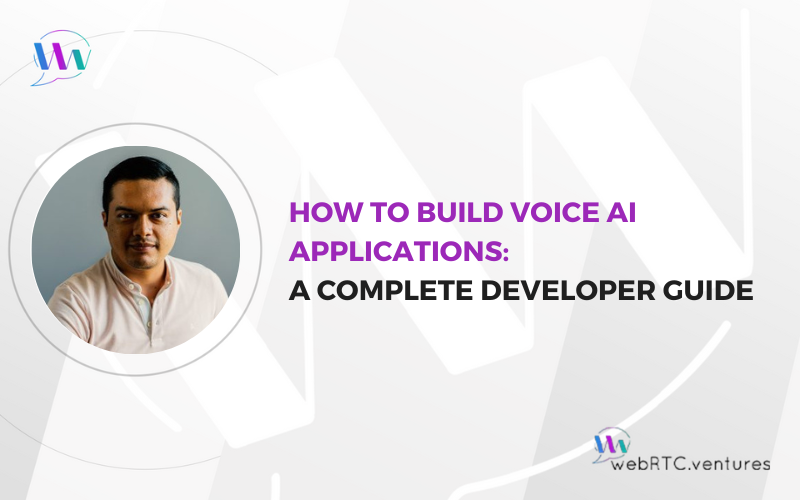
Voice AI applications are changing how businesses handle customer interactions and how users navigate digital interfaces. These systems process spoken requests, understand natural language, and respond with generated audio in real time. Building a voice AI application requires understanding speech processing, language models, and real-time communication infrastructure.

AI-powered voice agents are transforming communications across industries like telecom, healthcare, and enterprise customer service. But delivering low-latency, natural-sounding AI responses in real time at low costs remains a major challenge. Leveraging the “lightweight AI” of Small Language Models (SLMs) and free open-source stacks can help overcome

WebRTC applications present unique operational challenges that traditional monitoring tools cannot address. Unlike conventional web applications, real-time communication systems operate with complex peer-to-peer connections, dynamic network conditions, and media processing pipelines that can fail silently or degrade gradually. The primary challenge lies in observability. WebRTC applications generate

In a previous post, Reducing Voice Agent Latency with Parallel SLMs and LLMs, we showed how to reduce response times and create more natural conversational experiences using the LiveKit Agents framework. But optimization is only half the equation. Once your voice agents are deployed and handling real






